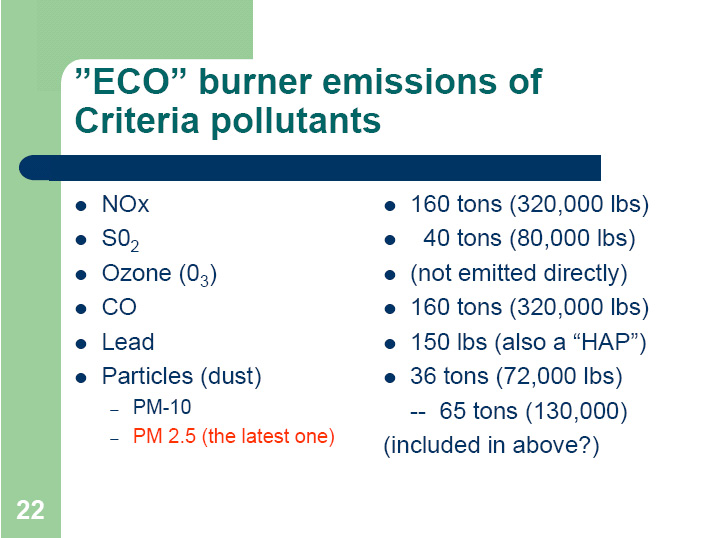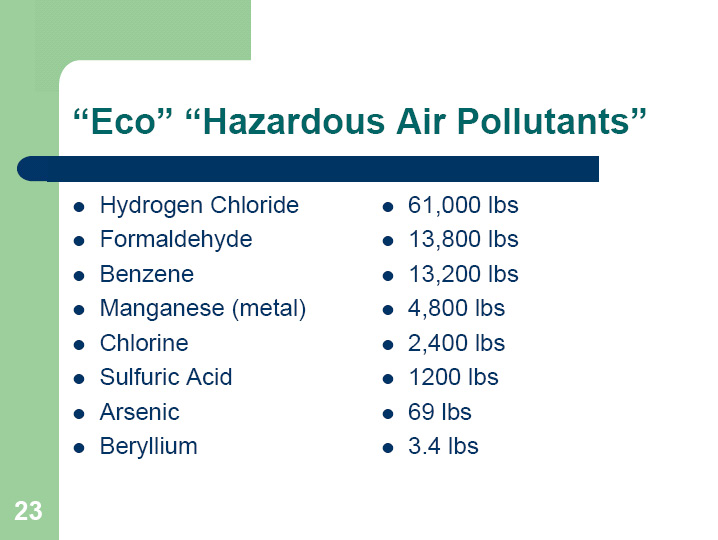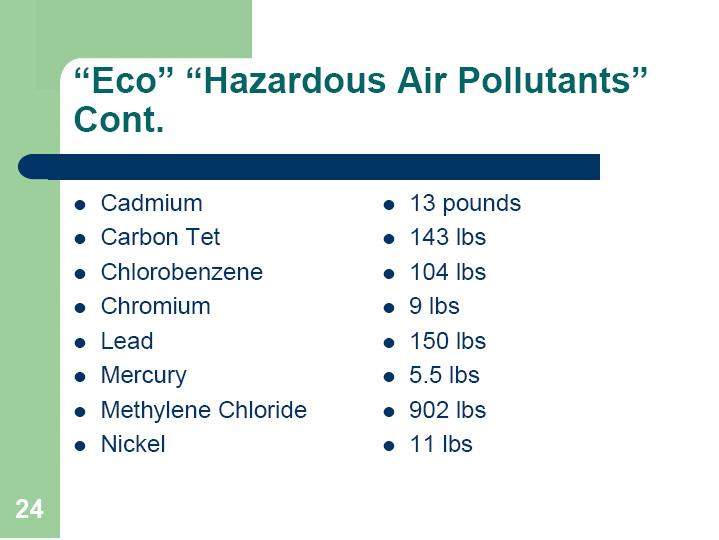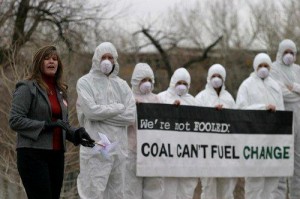Smoke gets in your eyes…
August 26th, 2015
… and lungs and heart. This map from AirNow.gov via NPR shows the wide ranging impacts:
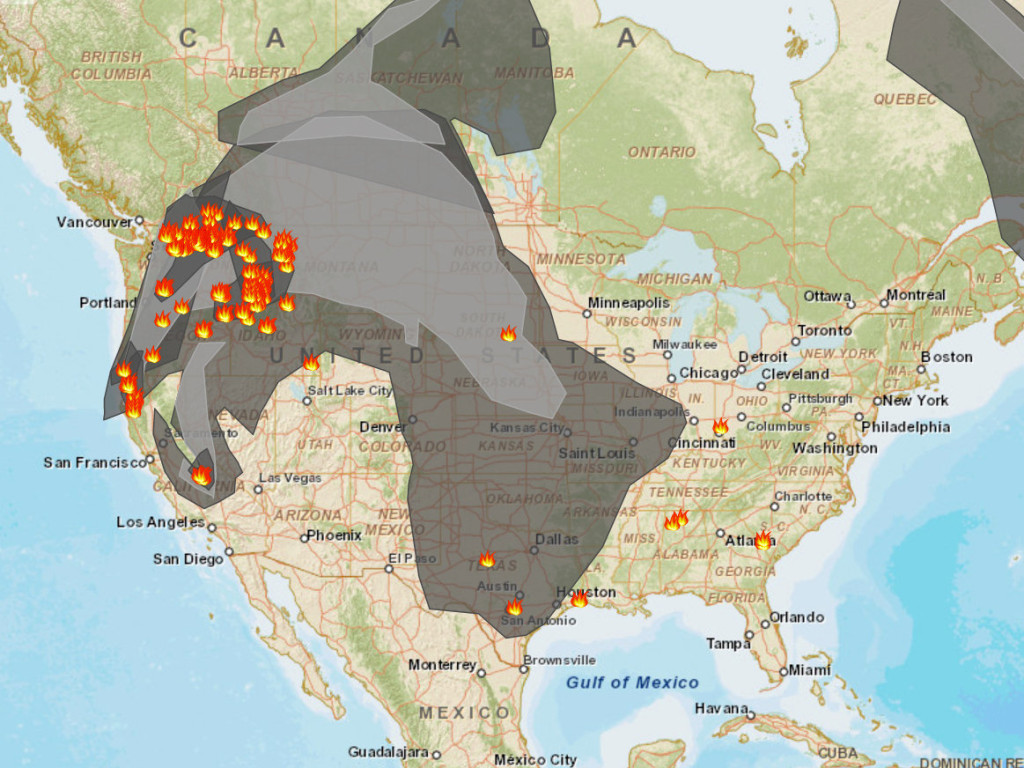 See Smoke From Wildfires Threatens Health in the West from NPR yesterday. Back when we had RED air quality warnings in Minnesota, a couple of months ago now, I was feeling it. But the last week or so, I’ve been waking up totally stuffed, headache, and it takes about an hour and a half to get my schnozz cleared out. We have no German Shepherds, and even though little one-coated Sadie does shed, and even though I nuzzled a cat day before yesterday, that’s not enough to cause this. Could it be seasonal allergies, which are admittedly worse with age (OH MY DOG, no German Sheperds is bad enough, but just breathing?)? I’m not convinced. This headache and being stuffed up isn’t my typical response, which tends to be runny eyes, sandpaper nose and sniffles. It’s got to be the fires.
See Smoke From Wildfires Threatens Health in the West from NPR yesterday. Back when we had RED air quality warnings in Minnesota, a couple of months ago now, I was feeling it. But the last week or so, I’ve been waking up totally stuffed, headache, and it takes about an hour and a half to get my schnozz cleared out. We have no German Shepherds, and even though little one-coated Sadie does shed, and even though I nuzzled a cat day before yesterday, that’s not enough to cause this. Could it be seasonal allergies, which are admittedly worse with age (OH MY DOG, no German Sheperds is bad enough, but just breathing?)? I’m not convinced. This headache and being stuffed up isn’t my typical response, which tends to be runny eyes, sandpaper nose and sniffles. It’s got to be the fires.
Meanwhile, I know a few folks who live out there, and in addition to having to evacuate and be on alert, others with relatives heading out to fight the fires, there are more subtle affects, where it’s showing up unbidden in photography jobs, an added interference with chemo for cancer, and a hazard for COPDers.
Here’s the chart of emissions for the Midtown Burner, from Saying NO to Midtown Burner Permits prepared by Alan Muller based on the Midtown Burner proposed air permit for the roughly 38MW biomass plant that was to burn “clean” trees in a much smaller amount than these wildfires across the west:

So if these are the numbers for the small biomass burner, what are the emissions for these wildfires? Is anyone doing testing in the plumes for what people are exposed to? There’s the emissions as above of things like formaldehyde that come from “clean” trees, the tremendous Particulate Matter, but what about all the other things too that are burned in these fires, like plastics, tires, creosote and penta poles? I’m not finding anything, and it seems this is something that should be done by the Washington, Oregon, California, Idaho, etc., state environmental agencies. There should be active warnings to people to wear masks outdoors, and indoors to filter the air. We have a HEPA filter for every room, but we’re not normal. The impacts of breathing this air will be felt immediately by some people, but there’s a high likelihood that impacts are cumulative and/or take time to develop. Protection now is crucial.
Clean Power Plan? MPCA wants comments!
August 3rd, 2015
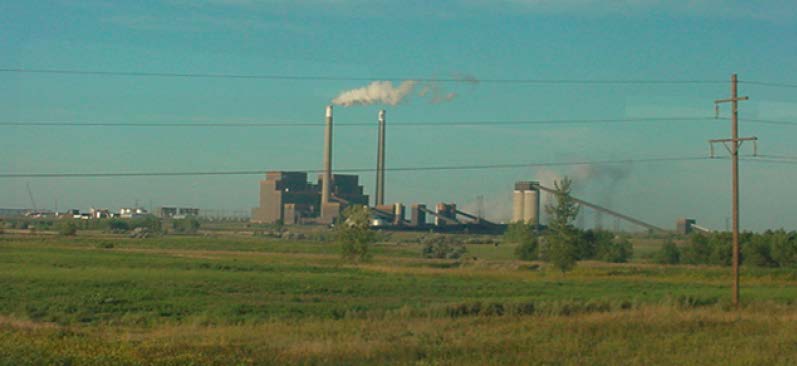 That’s the Coal Creek plant, a photo I took on a tour. If you’re an electric co-op member in Minnesota (elsewhere too?), they offer tours regularly, and it’s something you should do! Check your co-op’s newsletter for info.
That’s the Coal Creek plant, a photo I took on a tour. If you’re an electric co-op member in Minnesota (elsewhere too?), they offer tours regularly, and it’s something you should do! Check your co-op’s newsletter for info.
State Register Notice:
Just released FEDERAL Clean Power Plan:
Clean Power Plan Final Rule (PDF)(1560 pp, 3.3 MB, About PDF) – August 2015
Look at how the “adjusted” Minnesota’s baseline levels due to Sherco 3 being out for nearly 2 years:
The EPA examined units nationwide with 2012 outages to determine where an individual unit-level outage might yield a significant difference in state goal computation. When applying this test to all of the units informing the computation of the BSER, emission performance rates, and statewide goals, the EPA determined that the only unit with a 2012 outage that 1) decreased its output relative to preceding and subsequent years by 75 percent or more (signifying an outage), and 2) could potentially impact the state’s goal as it constituted more than 10 percent of the state’s generation was the Sherburne County Unit 3 in Minnesota. The EPA therefore adjusted this state’s baseline coal steam generation upwards to reflect a more representative year for the state in which this 900 MW unit operates.
Clean Power Plan Final Rule (PDF p. 796 of 1560).
And from the state, which acknowledges imminent release of FEDERAL Clean Power Plan Final Rule , also released today, just in from the MPCA (direct quote):
The Minnesota Pollution Control Agency (MPCA) has issued a request for comments on possible rule amendments to bring Minnesota into compliance with the U.S. Environmental Protection Agency’s (EPA’s) Clean Power Plan. You can read the full request in the August 3, 2015, edition of the State Register, available at www.comm.media.state.mn.us/bookstore/mnbookstore.asp?page=register.
The amendments we are considering will help Minnesota meet standards established by the Clean Power Plan, which sets state-specific carbon dioxide emission targets and requires each state to submit a plan detailing its strategy for meeting the targets. As of State Register press time, we have not yet started drafting a plan because the EPA has not yet published the standards that Minnesota’s plan will need to meet, so the MPCA requests public input to help guide our considerations of methods for meeting the EPA’s targets, as well as any other objectives that the state’s plan might include.
Stakeholder meeting agendas, notes, and other related documents are posted on the website for this rulemaking at www.pca.state.mn.us/w9y3awr.
To access information about a particular Minnesota rulemaking, visit the Public Rulemaking Docket.
STrib pulls biomass expose
June 26th, 2010
The STrib had posted a thoughtful, balanced piece about the problems with “biomass,” actually discussing some of the problems with biomass — and biomass is a burning issue here in Minnesota. And then, with the blink of an eye, it’s GONE… GONE… GONE!
Here it is, with a related NYT blog post:
Net Benefits of Biomass Power Under Scrutiny
Q & A: Woody Biomass Pros and Cons
And in full so it can’t be disappeared, from the New York Times:
Net Benefits of Biomass Power Under Scrutiny
By TOM ZELLER Jr.
Published: June 18, 2010“It’s way better than coal,” Mr. Wolfe said, “if you look at it over its life cycle.”
That, critics say, is because it is not as climate-friendly as once thought, and the pollution it causes in the short run may outweigh its long-term benefits.
Read the rest of this entry »
Big Stone II is zu ende???
September 11th, 2009
Otter Tail Power has withdrawn from Big Stone II. Odd way to put it because Big Stone II IS Otter Tail Power. OTP was the big one left in the game and now they’re gone.
Otter Tail Power has withdrawn from the Big Stone II coal plant. Really?!?!?
Pinch me, I must be dreaming…
Here’s their post about it on their BSII site – love the euphemisims:
Big Stone II announces participant changes
Otter Tail Power Company withdraws; Project pursues new participants
In the first blurb to come over the wire, below, there’s one phrase that stands out:
I knew that financing was not happening and dependent on a big cash infusion from Bill Gates. Financing anything now is pert near impossible, hence the big cost allocation dust up for CapX lately, and Big Stone II was no exception. Who on earth, who in their right mind, would invest in a coal plant today? That falls squarely in the “HOW STUPID CAN WE BE” category, no doubt about it.
I‘ll post more as it turns up. From Marketwatch:
Otter Tail Power Company Announces Withdrawal From Big Stone II
Suit over Xcel’s new coal plant in CO
July 3rd, 2009
A suit has been filed against Xcel regarding emissions from its Comanche 3 plant, under construction. Here’s the Complaint:
Utility toadies are trying to diss the Complaint, oblivious, or too aware of, the hazards of mercury and the damage it does. In Minnesota, we can’t eat the fish because of the mercury, and the major source is coal plants. Proof of the harmful impacts of mercury is the statement of the Mayor of Hoyt Lakes at a hearing regarding Excelsior Energy’s Mesaba Project, commenting about the expected mercury emissions, “Mercury? We’re used to it here.” Mercury is a neuro-toxin, and causes birth defects, decreased intelligence, etc., and air permits PERMIT mercury emissions, they do nothing to stop them. There’s no excuse for continuing to spew mercury into the air, our lakes, and us. Kudos to those in CO challenging Xcel.
From today’s STrib:
Suit targets mercury pollution from Colorado plant
DENVER – An environmental group is suing Xcel Energy, saying the utility isn’t doing all it can to cut mercury emissions from a new coal-fired unit at a Pueblo power plant.
WildEarth Guardians says in a federal lawsuit filed Thursday that Xcel is violating federal environmental laws by failing to obtain the approval required by the federal Clean Air Act.
“Xcel Energy is plowing ahead to fire up its smokestack without first ensuring full protection of public health and welfare.That’s not only dangerous, it’s illegal,” said Jeremy Nichols of WildEarth Guardians’ Denver office.
The $1.3 billion unit, the third at the Comanche Generating Station, will produce 750 megawatts of electricity — enough for approximately 750,000 households. Construction is under way.
Xcel and state health officials say the company has a permit that sets limits on the unit’s mercury emissions.
Paul Tourangeau, director of the state Air Pollution Control Division, said plans for the Comanche Station include equipment to significantly reduce mercury pollution and monitor emissions.
Tourangeau said the state extended the deadline to July 29 for Xcel to update information on efforts to reduce mercury emissions. The update is required by the U.S. Environmental Protection Agency.
Minneapolis-based Xcel took part in negotiations in 2007 that resulted in statewide rules on mercury emissions. Xcel, Colorado’s largest electric utility, and other large power providers agreed to cut emissions 80 percent by 2012.
Colorado’s rules were approved as several states were battling the Bush administration over a mercury standard the states felt was too weak. Last year, a federal appeals court overturned the Bush administration’s approach for mercury reduction that allowed plants with excessive smokestack emissions to buy pollution rights from other plants that foul the air less.
The Obama administration is seeking more stringent controls on mercury.
Mercury is a powerful toxin that accumulates in fish and poses a risk of nerve and brain damage, especially to pregnant women and children.
About 40 percent of the manmade mercury pollution in the United States comes from coal-fired power plants.
Nichols said Xcel’s current permit for the new Pueblo unit will cut mercury emissions by about 65 percent. But experience with other coal-fired plants shows that technology is available to reduce the pollution by up to 95 percent, he added.
“They could be doing a lot better,” Nichols said. “The permit they have now doesn’t cut it.”
*******************************
Here’s another problem from Xcel’s Comanche plants:
